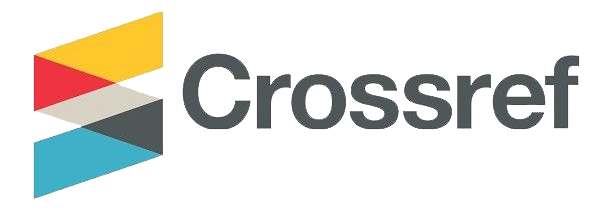Modeling Lane-Changing Behavior on Two-Lane Roadways Using a NetLogo-Based Simulation Framework
DOI:
https://doi.org/10.64822/jrusd.v1i1.19Keywords:
Lane-changing behavior, Agent-based modeling, Cellular Automata, NetLogo simulation, Driver patience, Two-lane traffic flowAbstract
Lane-changing behavior plays a critical role in shaping traffic dynamics, particularly under congested conditions. This study presents a two-lane traffic simulation model developed in NetLogo, integrating cellular automata and agent-based modeling to investigate the impact of discretionary lane-changing under varying traffic scenarios. The model incorporates key parameters such as acceleration, deceleration, and driver patience to simulate and evaluate vehicle behavior across two configurations: (1) high traffic density with a low proportion of lane-changing vehicles and (2) high traffic density with a high proportion of lane-changing vehicles. Results indicate that in the first scenario, lane-changing vehicles gain notable advantages in speed and travel distance, supported by higher and more stable patience levels. In contrast, the second scenario shows minimal benefits for lane-changing vehicles, with increased driver stress and reduced performance. These findings suggest that selective and context-aware lane-changing improves mobility in constrained environments, while excessive lane-changing under saturated conditions may compromise traffic efficiency. The model offers a useful framework for evaluating behavioral factors in lane-changing and supports future development of intelligent traffic management systems.
Downloads
Published
How to Cite
Issue
Section
License
Copyright (c) 2025 Journal of Resilient Urbanism & Sustainable Design

This work is licensed under a Creative Commons Attribution-NonCommercial 4.0 International License.



